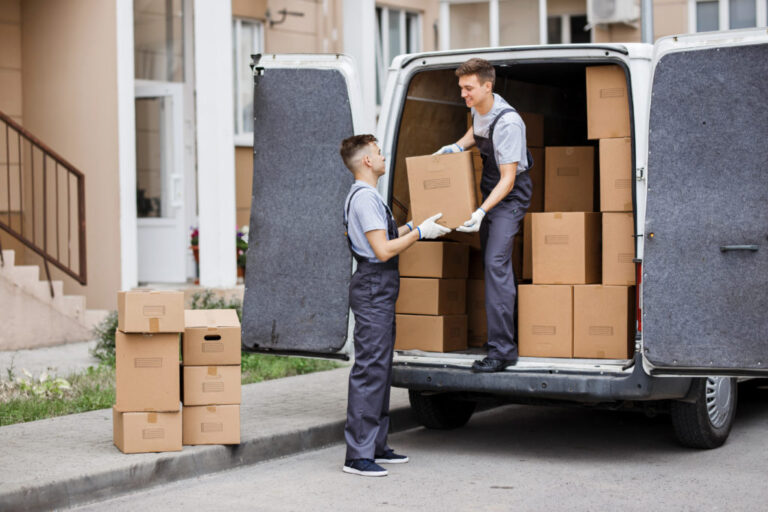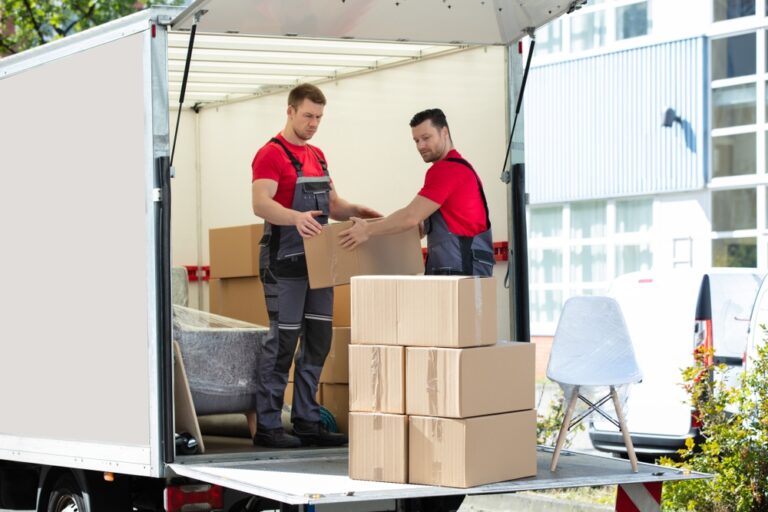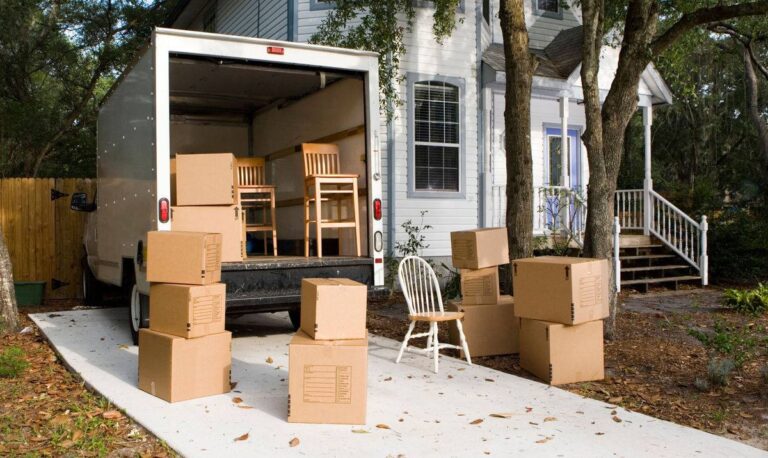Regarding loading and unloading procedures, safety should always be a top priority. Whether working in a warehouse, at a dock, or in any other setting where goods are being transferred, following proper safety protocols is essential to prevent accidents and injuries.
We will delve into the best practices and safety measures that should be in place to ensure the safety of both workers and the cargo they handle during loading and unloading operations.
Preparing for Loading and Unloading
Inspection and Maintenance
Before any loading and unloading procedure begins, ensuring that all equipment and vehicles involved are in good working condition is crucial. Regular inspection and maintenance of forklifts, conveyor belts, trucks, and other machinery are essential to prevent breakdowns that could lead to accidents.
Proper Training
Proper training is the cornerstone of safety in loading and unloading operations. Workers should be well-trained in the use of equipment, safety procedures, and handling various types of cargo. Regular refresher courses and safety drills can help ensure everyone is updated with the latest safety protocols.
Safety During Loading
Weight Distribution
One of the critical aspects of safe loading is ensuring that the weight of the cargo is distributed evenly. Uneven weight distribution can lead to instability, causing trucks or containers to tip over during transportation. It’s essential to follow weight distribution guidelines provided by manufacturers and always double-check the balance of the load.
Proper Securing of Cargo
Securing the cargo is vital to prevent it from shifting during transportation. This can be achieved through straps, braces, and other securement devices. The cargo should be secured so it cannot move, even during sudden stops or sharp turns.
Loading Zone Safety
The area where loading and unloading occur should be marked and well-lit. Maintaining a safe distance from the edge of loading docks or truck beds is important to prevent falls.
Safety During Unloading
Check the Surroundings
Before unloading begins, workers should check the surrounding area for any hazards. This includes ensuring no obstructions in the immediate vicinity, such as other equipment or personnel. A clear path should be established to move the cargo to its destination.
Proper Positioning
Proper positioning of equipment and vehicles during unloading is essential. Forklifts and other machinery should be positioned safely from the cargo, and operators should be trained to maintain proper spacing to prevent accidents.
Use Appropriate Equipment
Using the right equipment for unloading is crucial. For example, pallet jacks and hand trucks should be used for smaller loads, while forklifts are better suited for larger and heavier items. Using the wrong equipment can lead to damage to the cargo and pose a safety risk to workers.
Emergency Preparedness
Emergency Procedures
Despite all safety precautions, emergencies can still occur during loading and unloading operations. It is essential to have well-defined emergency procedures in place, such as what to do in the event of a fire, a spill, or an equipment malfunction. Regular emergency drills should ensure that all workers are familiar with these procedures.
First Aid and Medical Support
In the unfortunate event of an injury, having trained personnel and a well-stocked first-aid kit on-site is crucial. Depending on the severity of the injury, immediate access to medical support may also be necessary. A quick response can make a significant difference in the outcome of an injury.
Post-Operation Procedures
After completing loading and unloading procedures, conducting post-operation inspections is essential. This includes checking for any damage to equipment or cargo and ensuring that all safety measures have been properly executed.
Documentation and Reporting
Accurate record-keeping is an integral part of safety protocols. Documenting all aspects of the loading and unloading procedures, including any incidents or near-misses, is essential for future improvements and compliance with safety regulations.
Experience Safe Loading and Unloading – Get a Quote Now!
Safety should never be compromised in loading and unloading procedures. By following these safety protocols and best practices, workers can ensure that they not only protect themselves but also the cargo they handle
Don’t settle for less—opt for New Chapters Moving Co. today and experience a seamless and secure moving experience that exceeds your expectations.
Choose New Chapters Moving Co. for your next move and take the first step towards a safer and more efficient relocation journey! Your satisfaction and the safety of your belongings are our top priorities.








